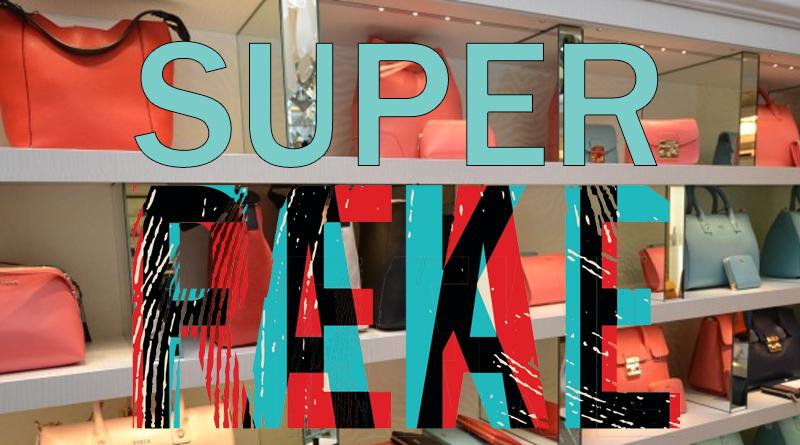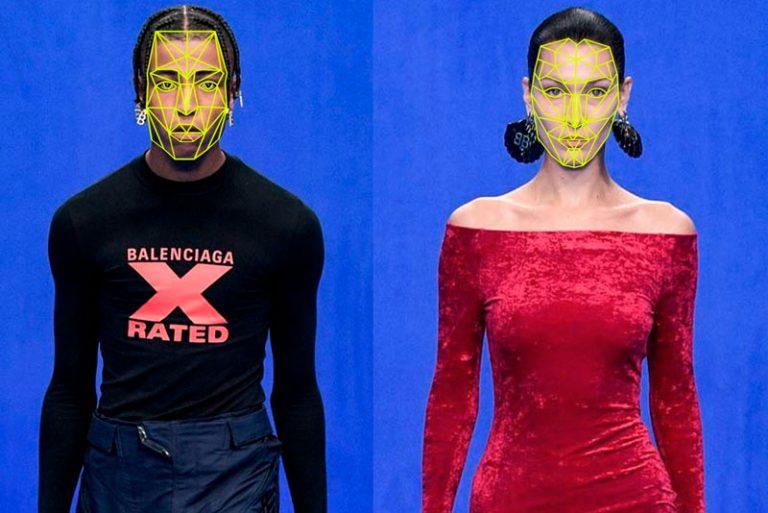
Source – https://betsybags.com/super-fakes-counterfeit-handbags/
The problem of “super-fakes,” or counterfeit goods, has long plagued the fashion industry. These high-quality knock offs harm businesses and designers financially in addition to misleading customers. But as technology develops, artificial intelligence (AI) is on the increase, offering a potential defense against the era of fashion super-fakes. The promise of artificial intelligence is to maintain the integrity of the fashion sector and shield customers from fake items by its capacity to detect, track, and validate real products.
Fashion Super fakes are common
Over the past few years, the super-fake fashion trend has spread like wildfire. With careful replication of their designs, materials, and even packaging, counterfeiters have mastered the art of imitating high-end luxury goods. Street sellers, social media, online shopping sites, and other means are frequently used to distribute these plausible imitations.
In addition to lowering customer confidence, the emergence of super-fakes presents a tremendous problem for the fashion industry in maintaining its originality, quality, and brand reputation.
AI Assisted authentication
The battle against fashion imitators may be transformed by artificial intelligence (AI). In order to find patterns, abnormalities, and minute details that human eyes would miss, machine learning algorithms can examine enormous volumes of data. The ability to distinguish between genuine goods and fakes with an unheard-of degree of precision may be achieved by training AI models on massive databases of real goods.

Source – Financial times
To address the issue of super-fakes, many AI-based strategies have been developed. One such approach uses computer vision algorithms to evaluate product photos, recognize crucial indicators of authenticity, and contrast them with known genuine items. AI algorithms can now assess texture, stitching patterns, brand positioning, and other visual indicators that help consumers tell authentic items from fakes.
The management of the supply chain may also benefit greatly from the use of AI, which can trace things from their place of origin to where they end up in the hands of customers.
Implementing blockchain technology, which guarantees transparency and immutability, together with AI algorithms can assist validate each stage of the supply chain, making it more difficult for counterfeit items to enter the market.
Cooperative Initiatives and Industry Adoption
Fashion labels, retailers, technological firms, and regulatory agencies must work together to combat the rise of fashion super-fakes. They may use AI technologies and create thorough anti-counterfeiting measures by combining their resources and knowledge.
In order to safeguard their intellectual property and uphold brand integrity, a number of fashion businesses have already begun implementing AI-driven solutions. Brands can provide customers certainty and trust in the veracity of their purchases by putting in place strong AI-powered authentication systems.
In addition, proactive usage of AI may assist fashion firms in identifying and shutting down counterfeiting activities, effectively lowering the circulation of super-fakes.
Challenges and constraints:
In the fight against fashion super-fakes, AI has a lot of potential, but it also faces several obstacles and constraints. In order to keep ahead of counterfeiters, AI systems must constantly change and upgrade their models. The expense of integrating AI solutions may also be a deterrent, especially for smaller brands and companies.
When deploying AI-powered authentication systems, there are also worries about data security and privacy. Consumer data protection and avoiding unwanted access to sensitive data must be given top attention.
Future directions?

Since counterfeiters are quick to adapt and advance their techniques, this is a significant barrier. To remain ahead of these constantly changing strategies, AI models need to be updated often and educated on fresh data.
When using AI-powered solutions, privacy and data security are major issues. Businesses must make sure that customer data is managed safely and with consent, notably personal measurements and purchasing preferences.
Additionally, the effectiveness of anti-counterfeiting operations depends on cooperation between fashion labels, industry insiders, and AI researchers. It is possible to create thorough databases and improve the precision of AI algorithms by exchanging data and ideas.













